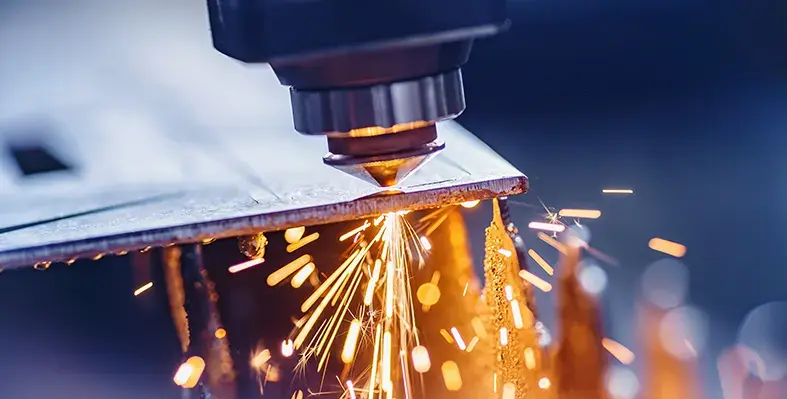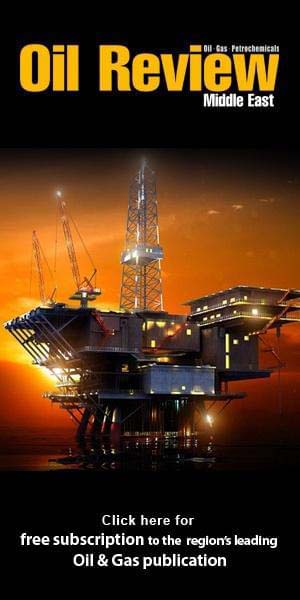The steel industry is at a critical turning point as it attempts to shift away from carbon-intensive processes toward more sustainable methods.
Central to this transition is the emergence of green steel, produced using hydrogen-based direct reduced iron (H2-DRI) and electric arc furnaces powered by renewable energy.
However, while the technologies are becoming increasingly viable, the financial and operational risks remain high.
A new report by IDTechEx, Green Steel 2025-2035, emphasises that demand-side commitment is just as vital as technological readiness.
Long-term offtake agreements are proving to be essential in de-risking projects and securing the funding needed to bring green steel production to life.
Companies such as Stegra (H2 Green Steel) have raised more than €6.5bn (US$7.1bn) by locking in advance purchase deals with major clients like Mercedes-Benz, BMW, and Kingspan, well before production begins.
This level of early buy-in allows green steel projects to move forward with confidence and scale.
Regulatory frameworks are also playing a key role. The European Union’s Emissions Trading System (EU ETS) and the Carbon Border Adjustment Mechanism (CBAM) are reshaping the economics of steel production, making low-carbon alternatives more competitive.
Automotive leads
Moreover, global climate targets and Scope 3 emissions goals are pushing companies to decarbonise their supply chains, with the automotive sector leading the way.
"European OEMs, as well as Tier 1 and 2 suppliers, are actively procuring green steel," IDTechEx said.
"For example, the Swedish startup Stegra (H2 Green Steel) has successfully secured offtake agreements with a roster of automotive leaders including Mercedes-Benz, Porsche, Scania, and ZF. Likewise, SSAB, a pioneer with its HYBRIT fossil-free steel project, has established partnerships with the Volvo Group. Established steelmaking giants are also making significant moves – ArcelorMittal is supplying its XCarb® recycled and renewably produced steel to General Motors, signaling growing momentum for green steel in North America."
The construction and industrial equipment sectors are also emerging as strong markets for green steel. In some cases, even hyperscale data centre developers and renewable energy companies are committing to lower-emission materials to meet sustainability benchmarks.
For now, many of these companies are willing to absorb the “green premium” associated with cleaner steel, though future competitiveness will depend on wider adoption and falling production costs.
Despite this progress, significant challenges remain. Green steel producers must contend with project delays, cost overruns, limited availability of renewable electricity, and the absence of global standards for defining and certifying "green" steel. Pricing volatility is also a concern, especially when offtake agreements must be negotiated years ahead of delivery.
Looking ahead, the rise of “green iron hubs”, regions with abundant renewable energy producing hydrogen-reduced iron for export, could reshape global trade patterns.
IDTechEx predicts that hydrogen-based steel production could reach 46mn tonnes by 2035, a small fraction of global output, but a meaningful step toward net-zero industrial emissions.
Also read: EGA to boost US aluminium supply with new smelter





